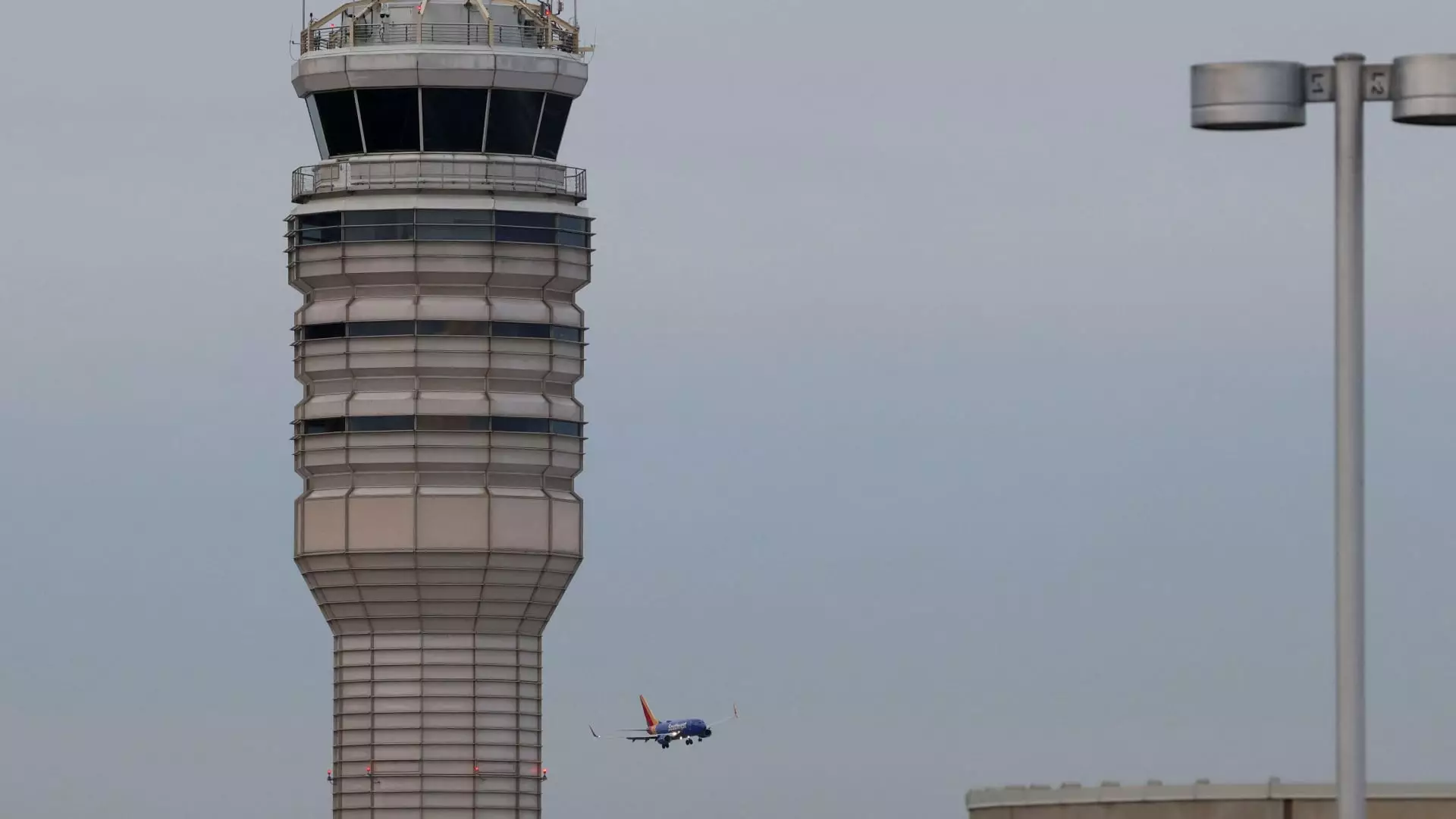The tragic collision between an Army Black Hawk helicopter and an American Airlines jet at Ronald Reagan Washington National Airport has raised serious questions about aviation safety protocols. This unfortunate event not only claimed the lives of all 67 individuals aboard but also stirred immediate actions from aviation authorities. In response, the Federal Aviation Administration (FAA) has instituted new restrictions on helicopter traffic within a critical airspace zone surrounding the airport.
Transportation Secretary Sean Duffy’s announcement regarding the airspace restrictions was both timely and necessary. The regulations encompass particular areas — from Memorial Bridge to South Capitol Street Bridge, excluding the Tidal Basin, and Haines Point to Wilson Bridge, in addition to the airspace directly above the airport. By instituting these measures, the FAA aims to mitigate further risks and ensure a higher standard of safety for all aircraft operating in D.C. airspace. This decisive action reflects a commitment to restoring public confidence in the national aviation system which has been shaken by such a catastrophic event.
In the aftermath of the incident, National Transportation Safety Board member Todd Inman provided insights into the operational framework governing helicopter flight paths in the region. Inman emphasized that helicopters follow defined zones, or “tracks,” during their operations, indicating a structured system designed to enhance safety. The unfortunate collision reportedly occurred as the helicopter was transitioning between tracks. This incident underlines the complexity of urban airspace management, especially in bustling metropolitan areas like Washington, D.C., where traffic patterns must be tightly coordinated to prevent accidents.
Following the crash, investigations are actively scrutinizing multiple factors, including aircraft altitudes, crew communication, and the protocols in place for interaction with air traffic control. American Eagle Flight 5342, arriving from Wichita, was on its final descent, operating at an altitude of approximately 300 feet when the collision occurred. With this being the deadliest commercial airline accident in over 15 years in the U.S., the implications of this incident are far-reaching, potentially triggering more stringent regulations and a reevaluation of existing safety protocols across the aviation sector.
The response from American Airlines demonstrates a collective industry acknowledgment of the urgent need for improvement in safety measures. CEO Robert Isom’s expression of gratitude towards the leadership for swift action reveals an understanding that the aviation sector requires constant vigilance and adaptation, particularly given the increasing complexity of air traffic management. The proactive stance taken by the FAA and related organizations will likely shape future regulations as they aim to prevent similar tragedies.
The collision near Ronald Reagan Washington National Airport is a stark reminder of the inherent risks associated with aviation, particularly in shared airspace. The newly imposed restrictions mark a critical step in addressing these vulnerabilities. As investigations progress and regulatory frameworks evolve, the aviation community must remain dedicated to prioritizing safety to restore public trust and assure the continuation of secure air travel. Ensuring that lessons are learned is crucial; future protocols must anticipate and mitigate risks before they lead to catastrophic outcomes.


Leave a Reply